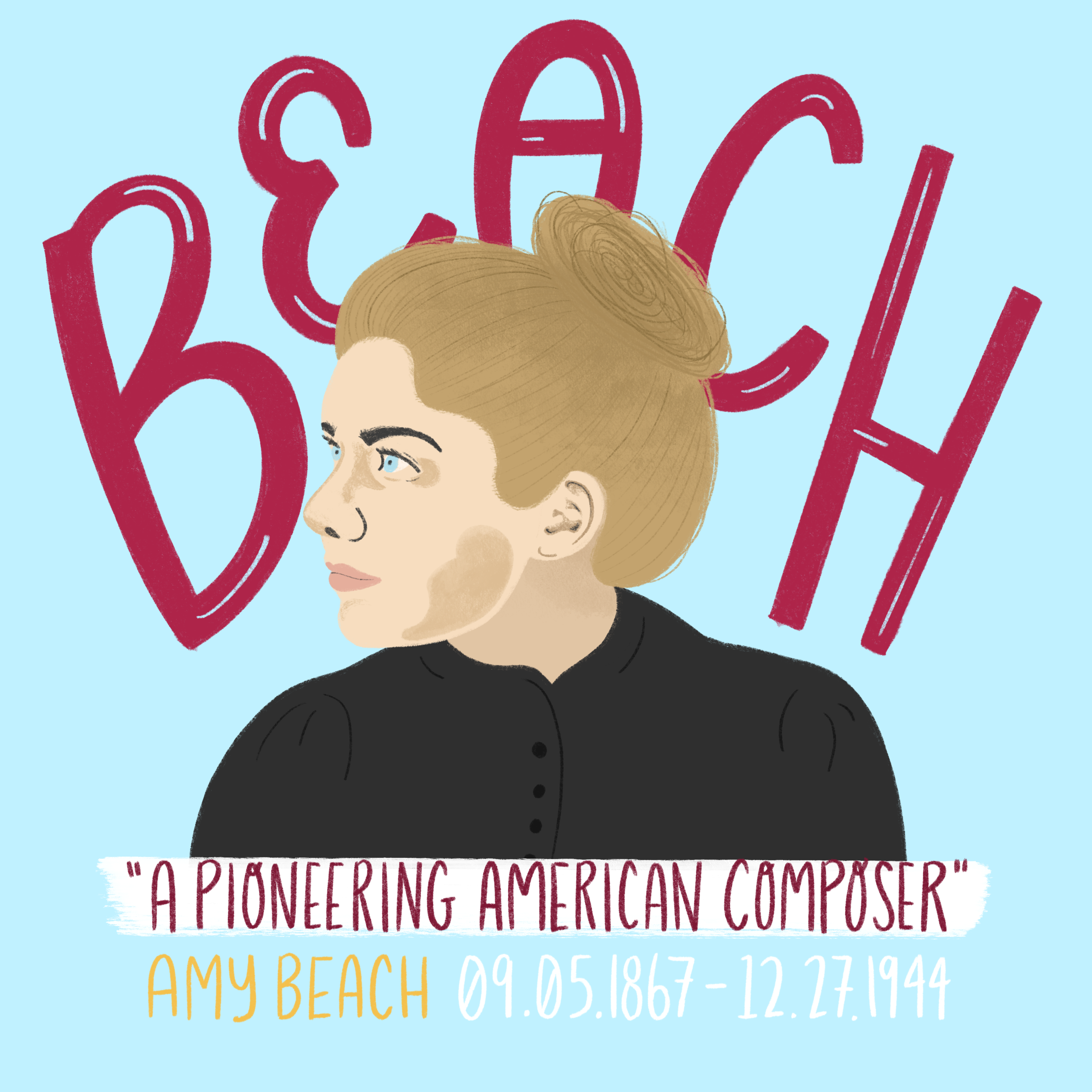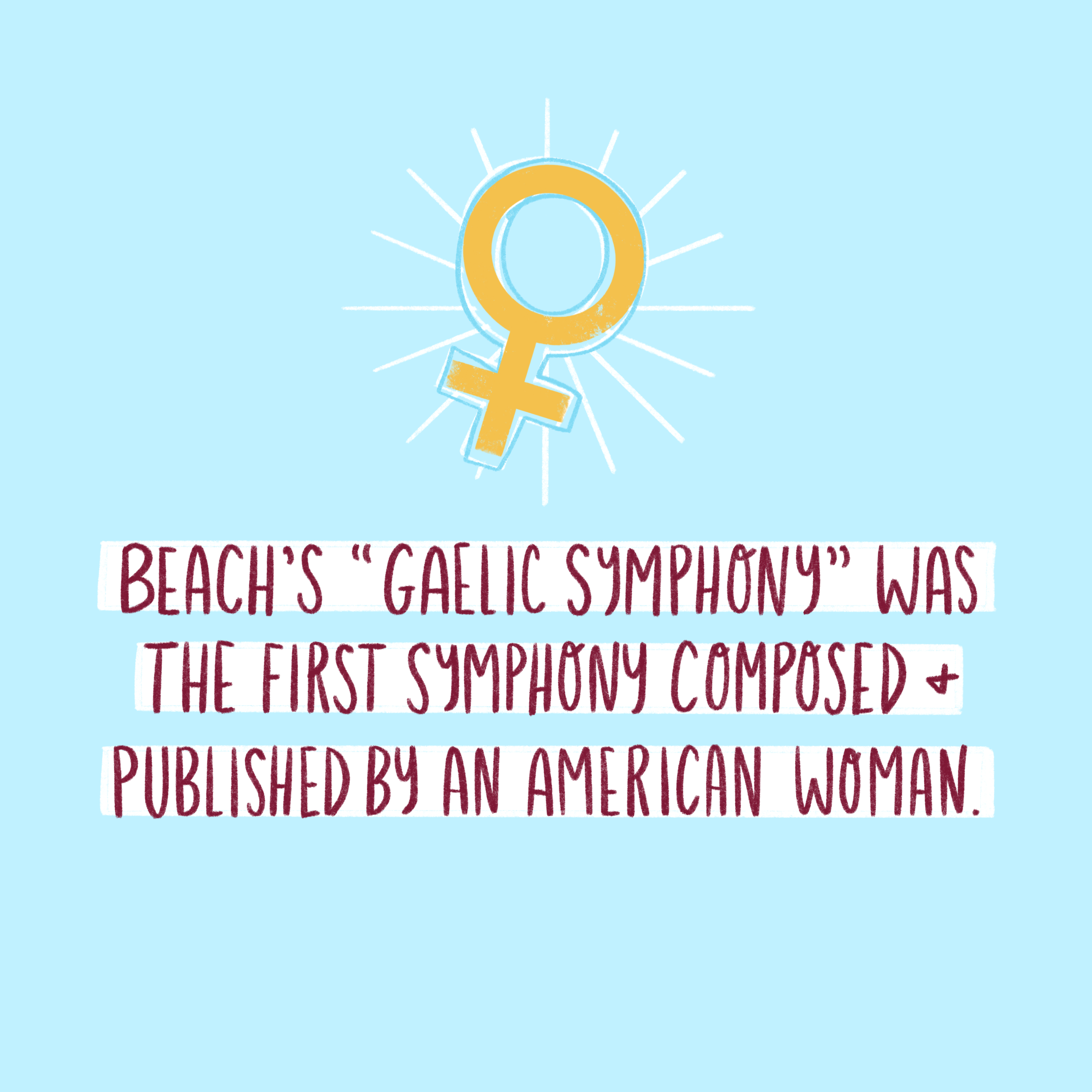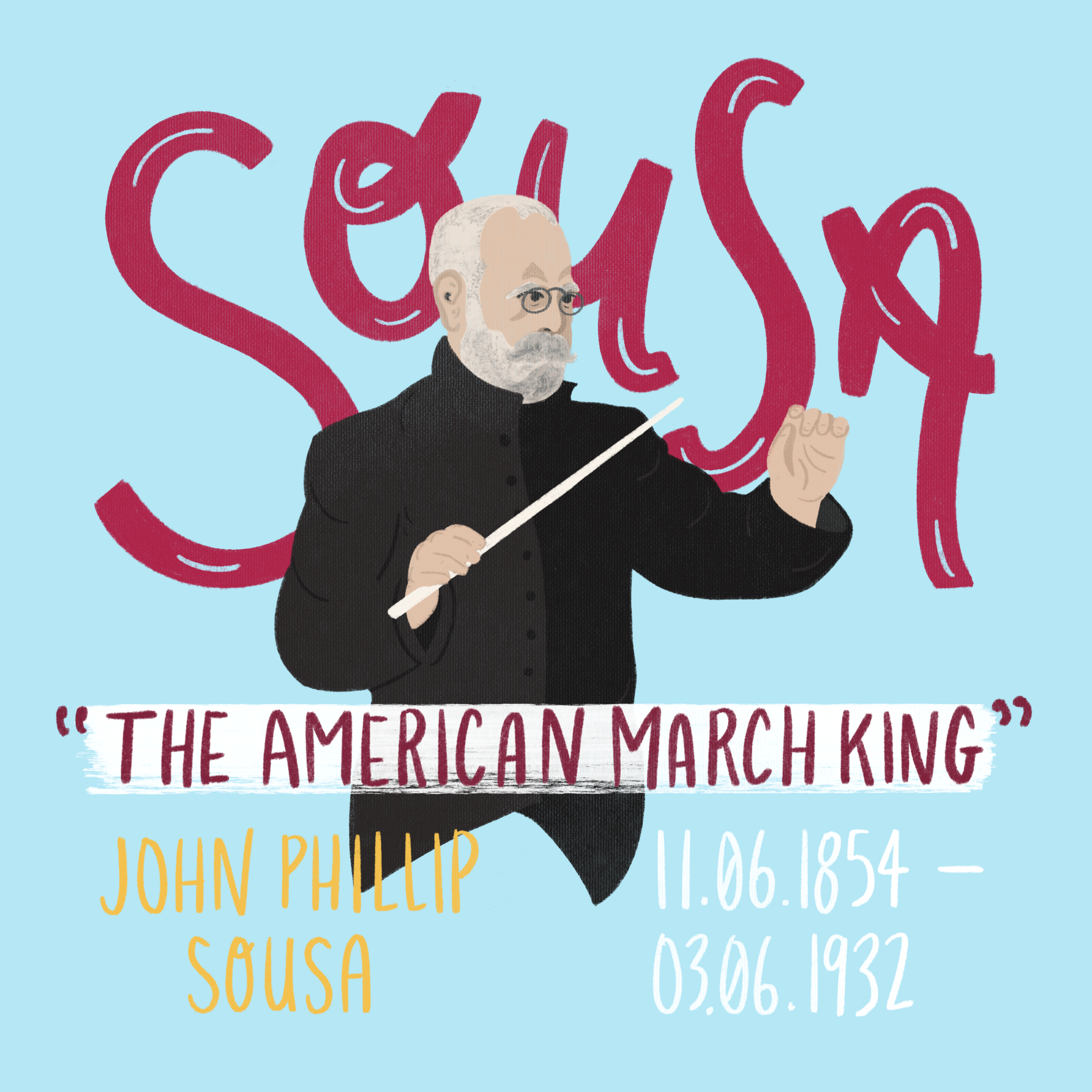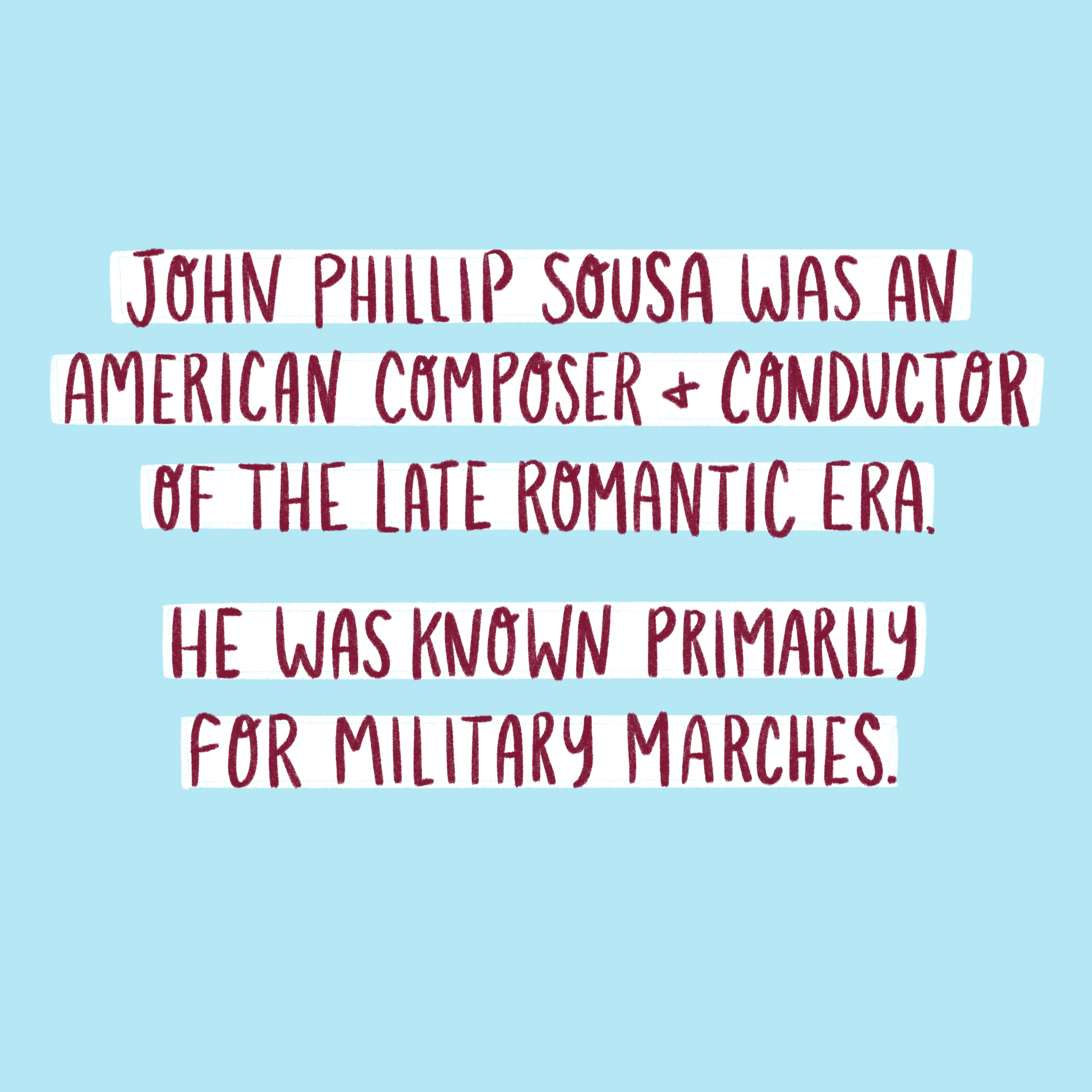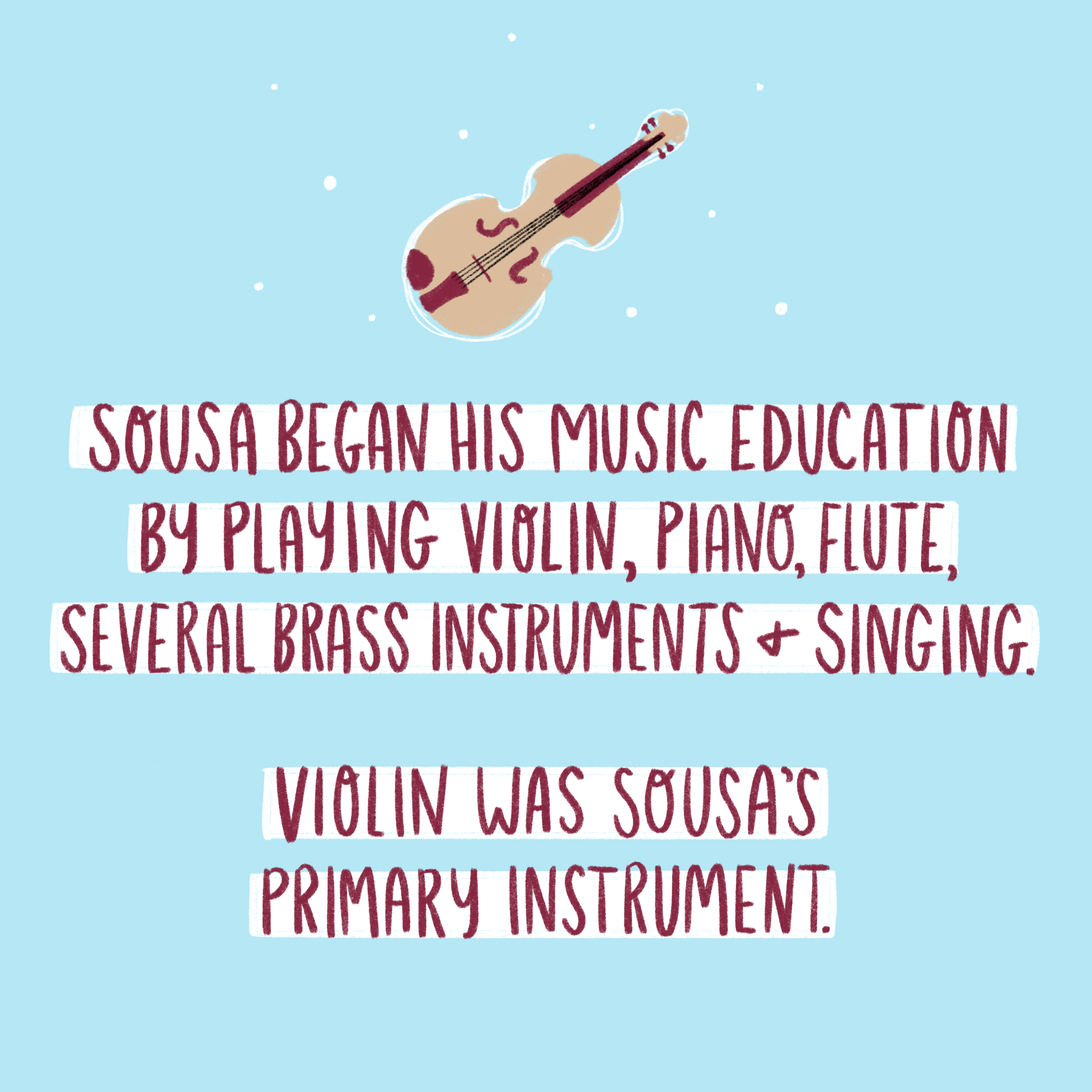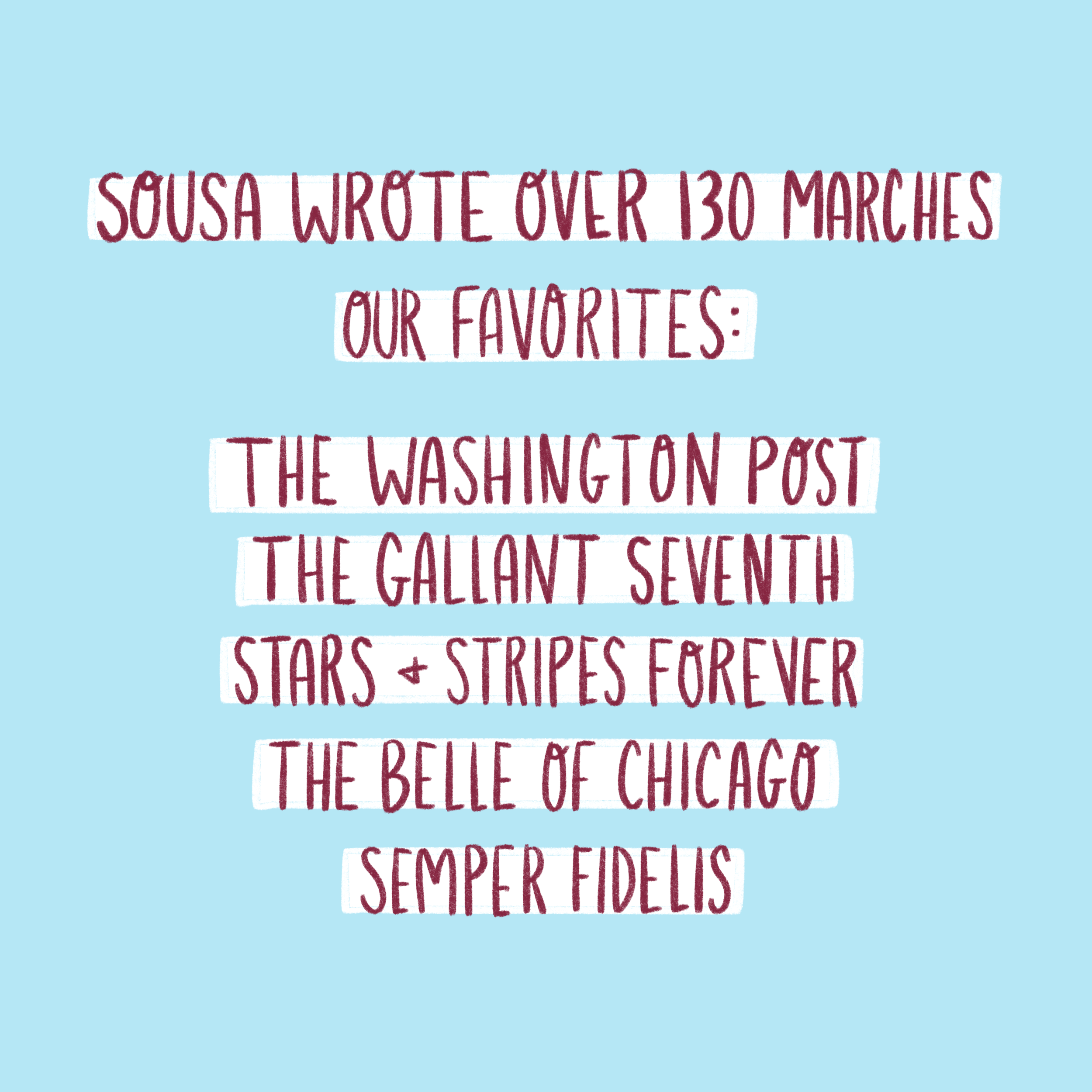



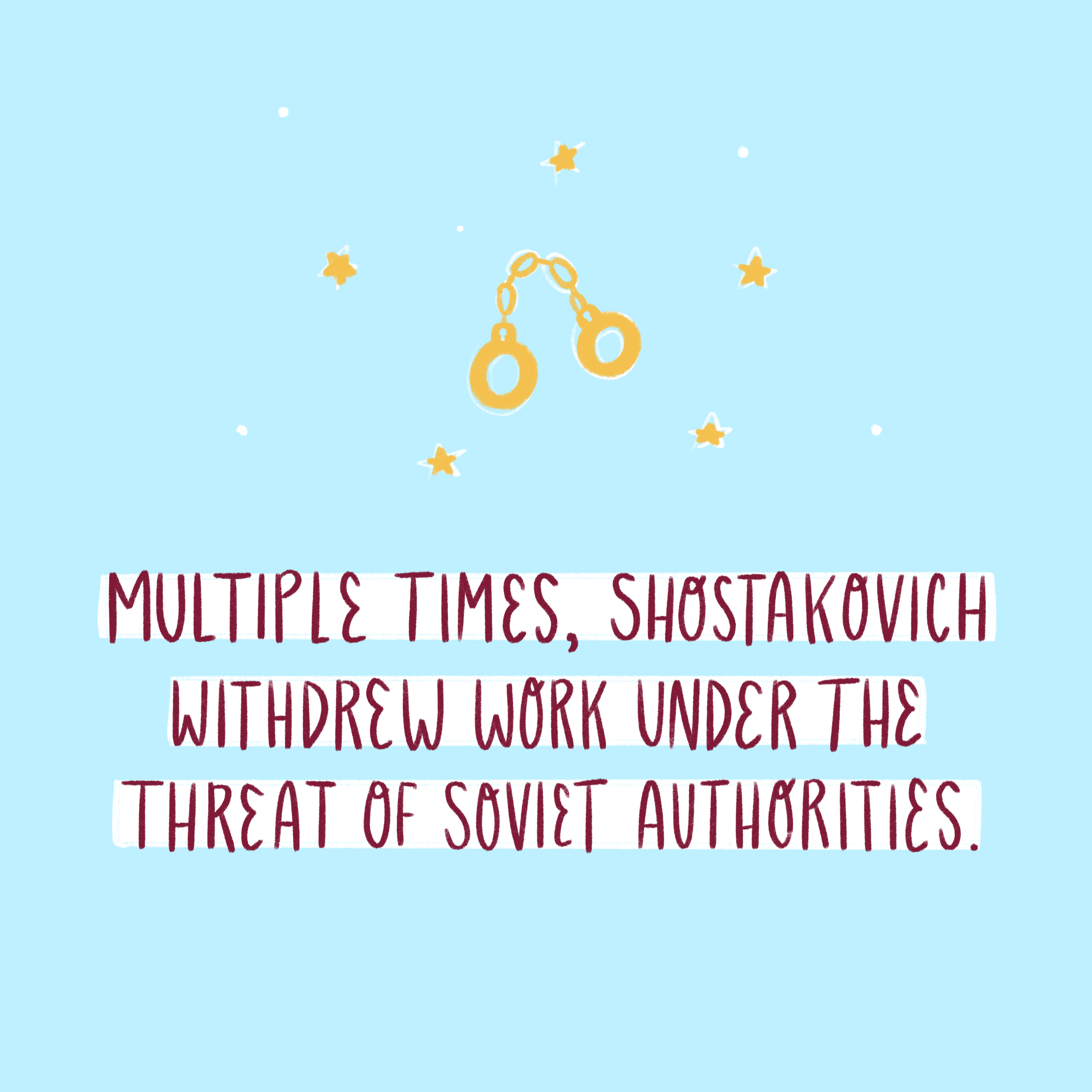


Up next in our composer series: Dmitri Shostakovich!
Dmitri Shostakovich
9/25/1906 - 8/9/1975
Dmitri Shostakovich was a Soviet and Russian composer and pianist.
He was what’s called a polystylist—he used multiple styles and techniques in his compositions.
Shostakovich faced much adversity as a composer under the soviet regime.
Multiple times, Shostakovich withdrew work under the threat of Soviet authorities.
Shostakovich was officially censured in 1962 for his Symphony No.13, ‘Babi Yar.’ The piece condemns anti-Semitism and injustice.
Our favorites:
Symphony No.5
String Quartet No.8 in C Minor, Op.47
What composer do you want use to feature next?! Tell us in the comments!

